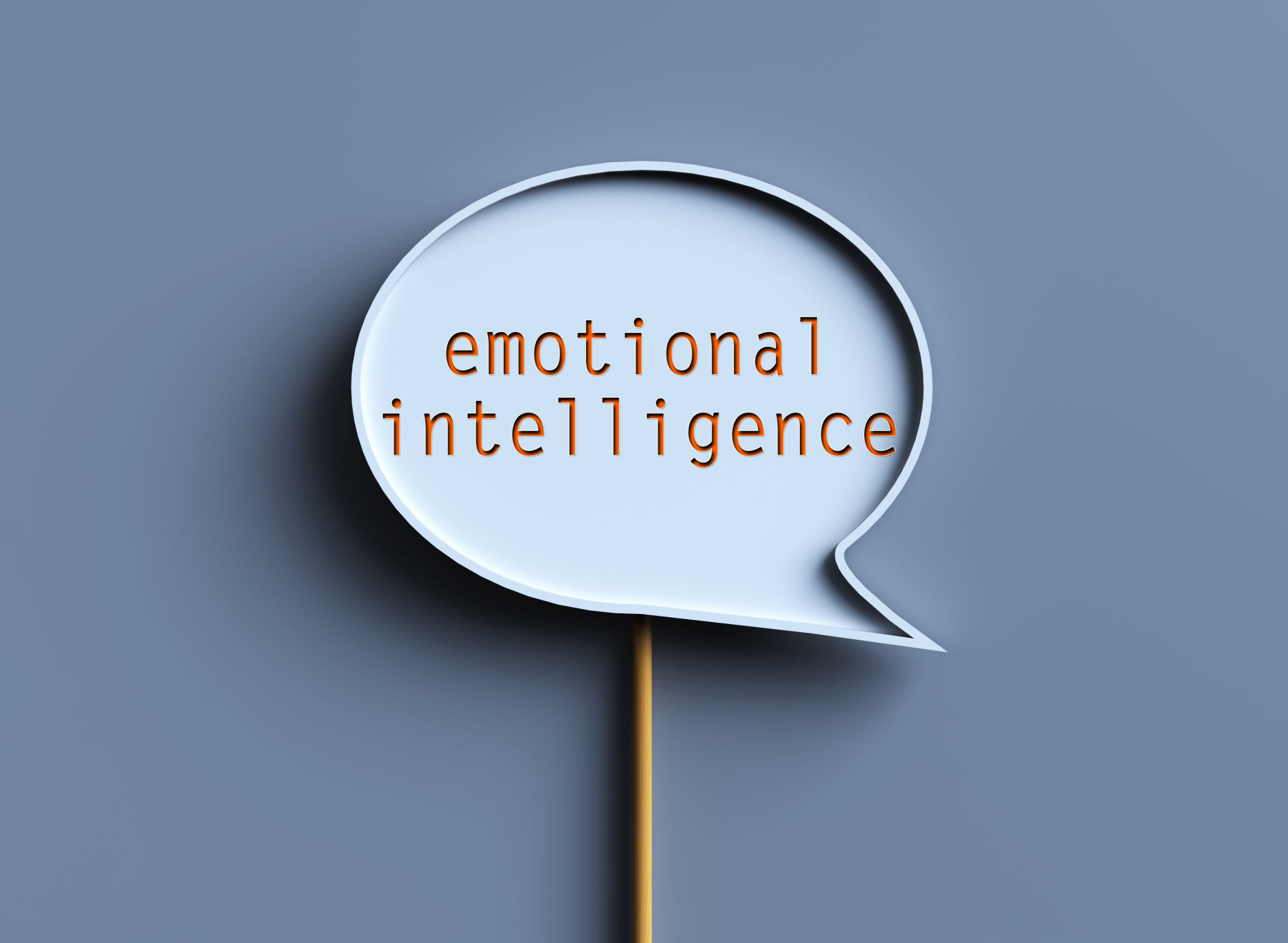How to Cultivate Emotional Intelligence for Professional Growth
Understanding Emotional Intelligence
Emotional intelligence (EI) is a critical skill for professional success, enabling individuals to recognise, understand and manage their own emotions while effectively engaging with the emotions of others (Goleman, 1995).
Unlike Emotional Quotient (EQ), which is a measurable score of EI, emotional intelligence itself is a dynamic skill that can be developed and enhanced over time (Bradberry & Greaves, 2009).
In today's workplace, EI is a key differentiator between average and exceptional performance. Research by TalentSmart found that 90% of top performers possess high emotional intelligence, demonstrating its value in leadership, communication and collaboration (Bradberry & Greaves, 2009). Harvard Business Review supports this, stating that EI accounts for nearly 90% of what sets high performers apart from peers with similar technical skills (Goleman, 1998).

The Four Components of Emotional Intelligence
Emotional intelligence is composed of four primary components:
- Self Awareness
- Self Regulation
- Social Awareness
- Relationship Management
Self Awareness involves recognising your emotions and understanding their impact.
Self Regulation is about managing your emotions in healthy ways.
Social Awareness refers to the ability to understand the emotions of others.
Relationship Management involves developing and maintaining good relationships (Goleman, 1995).
Each of these elements plays a vital role in professional development and workplace success. Read on for more information.
Self Awareness
Self Awareness involves recognising your emotions and understanding their impact on your behaviour. According to Eurich (2018), only 10-15% of people are truly self aware, highlighting the need for regular self reflection and feedback from colleagues and mentors. Keeping a journal to track emotional patterns can also be a powerful tool in developing self awareness.

Once self awareness is established, self regulation becomes the next focus.
Self Regulation
Self regulation involves managing stress, staying calm under pressure, and responding thoughtfully rather than reactively. Goleman (2000) suggests that leaders with strong self regulation skills are 31% more effective in their roles. Techniques such as deep breathing, mindfulness and taking breaks during challenging situations (in Agile mindsets we avoid this, we use 'A chance to explore new solution') can significantly enhance self regulation.
Social Awareness
Social awareness is another critical aspect of emotional intelligence. It involves understanding the emotions of others and recognising social cues within the workplace. Empathy, active listening and being present in interactions can help improve social awareness. Research indicates that teams with high collective EI outperform low EI teams by 20%, demonstrating the organisational benefits of cultivating social awareness (Goleman, 2000).
Relationship Management
The final component of emotional intelligence is relationship management. Building and maintaining positive relationships in the workplace not only fosters collaboration but also enhances job satisfaction and productivity. Bradberry and Greaves (2009) emphasise that strong relationship management skills are closely linked to effective leadership and conflict resolution. By engaging in open and honest communication, showing appreciation for colleagues' efforts and addressing conflicts constructively, you can develop a strong network of professional support.
The DISA Behavioural Model
The DISA Behavioural Model aligns well with the principles of emotional intelligence. This model categorises behaviours into four primary behavioural traits:
Dominant, Influencial, Steadfast and Analytical (Compliant) (Marston, 1928). Understanding your DISA style can provide valuable insights into managing your emotional responses and adapting your approach when interacting with others.
For example, individuals with a primary trait of 'Influenial' can benefit from practising self regulation to avoid emotional burnout, while those with a primary trait of being 'Analytical' might focus on enhancing social awareness to connect more effectively with colleagues.
Improving emotional intelligence is a continuous process. Regular self reflection, active listening and seeking feedback are essential steps in this journey. Participating in workshops or training focused on EI development and setting personal goals for emotional growth can also be highly effective. The journey to higher emotional intelligence involves consistent practice, patience and a willingness to learn from experiences.
Are you ready to enhance your emotional intelligence and unlock new professional opportunities? Start today by reflecting on your EI skills, exploring your DISA behavioural style and setting concrete goals for growth.
Share your experiences in the comments below. What strategies have helped you build emotional intelligence in your workplace?
References
Bradberry, T., & Greaves, J. (2009). Emotional Intelligence 2.0. TalentSmart.
Eurich, T. (2018). Insight: The Surprising Truth About How Others See Us, How We See Ourselves, and Why the Answers Matter More Than We Think. Currency.
Goleman, D. (1995). Emotional Intelligence: Why It Can Matter More Than IQ. Bantam Books.
Goleman, D. (1998). What Makes a Leader? Harvard Business Review.
Goleman, D. (2000). Leadership That Gets Results. Harvard Business Review.
Marston, W. M. (1928). Emotions of Normal People. Kegan Paul, Trench, Trubner & Co.
#EmotionalIntelligence #ProfessionalGrowth #LeadershipSkills #SelfAwareness #RelationshipManagement #SocialAwareness #SelfRegulation #DISABehaviouralModel #bmbyou
